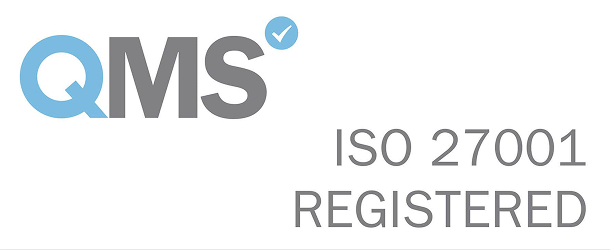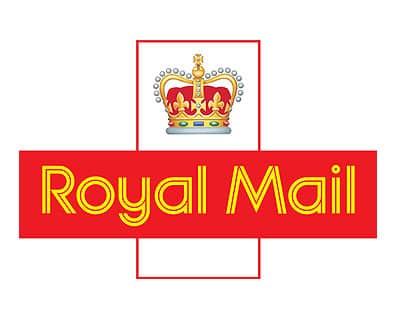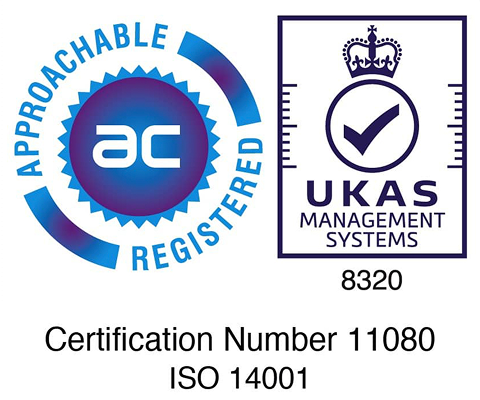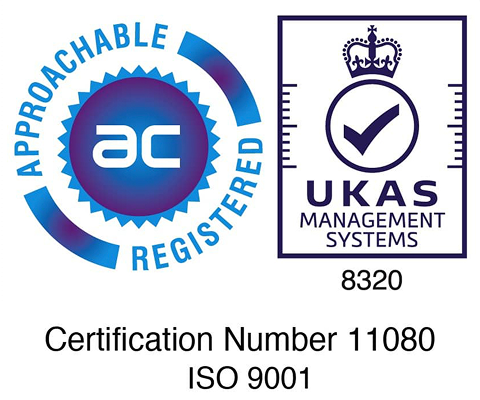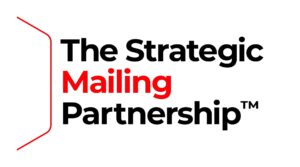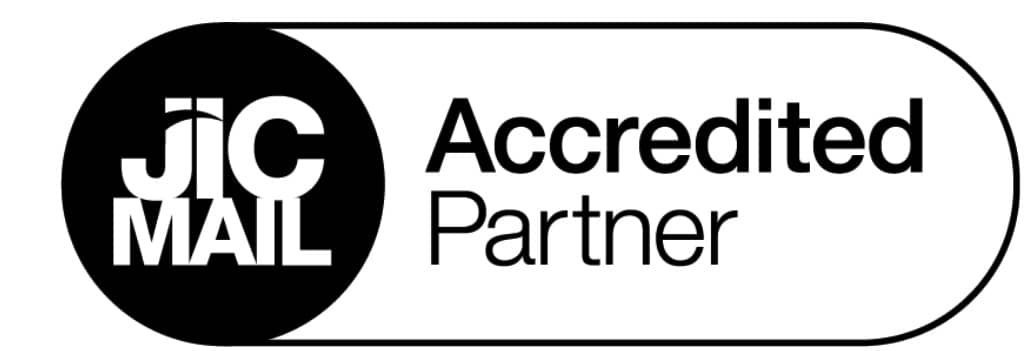Litho printing – short for lithographic printing and also known as offset printing – is a method used to produce high-quality, cost-effective prints, especially in large volumes.
It’s commonly used by businesses for leaflets, brochures, flyers and other marketing materials, partly due to the sharp detail and consistent colour it delivers.
If you’re looking to learn more about litho printing, this is the article for you.
We’ll be looking at:
Understanding litho printing and how it works
Litho printing is based on the principle that oil and water don’t mix.
Developed in the late 18th century, the process was originally used for reproducing artwork but has evolved into a high-speed, high-quality commercial printing method, particularly valued for its ability to deliver consistent, sharp results at scale. This makes it a popular choice for businesses requiring large print runs.
Here’s a quick overview of how it works:
Modern litho printing presses are incredibly advanced. Bishops Printers – our parent company – is recognised by press manufacturer Heidelberg as the largest B2 sheet-fed litho operation in Europe.
Four of our six litho presses feature Inpress Control – a system that ensures colour accuracy and reduces paper waste by a third during the make-ready process, improving both quality and sustainability.
Litho printing vs digital printing
You might be wondering how litho printing compares to digital printing, and which one is the better choice for your business.
Here’s a quick comparison highlighting some of the key differences between these methods:
| Litho printing | Digital printing | |
| Best for | Large print runs | Small batches |
| Cost efficiency | More cost-effective at scale | Lower setup costs |
| Turnaround time | Slightly longer | Quick |
| Paper range | Wide variety | Some limitations |
| Personalisation options | Can be overprinted at a later date | Unlimited options, including images, bespoke envelopes and paperwrap |
Key benefits of litho printing
In an era when digital dominates everything, you might still be wondering what makes litho printing such an appealing option for businesses.
High-quality end results, volume, cost effectiveness and choice are key parts of the answer.
Here are some of the specific benefits you can expect to see if you choose this method:
Common use cases for litho printing
The precision and scalability of litho printing make it an appealing option for businesses that need polished, professional marketing materials.
It’s especially useful if you’re looking to make a visual impact on your audience or when you need large quantities of printed items and don’t want to compromise on quality.
Some of the most common use cases include:
Choosing the right printing method for your needs
Before committing to a print project, it’s important to ask some key questions.
For example:
The answers to these questions will help you decide whether litho printing is the best option for your campaign.
It’s generally more cost-effective for large runs, offers excellent image quality and supports a broad range of finishes and materials. However, if you’re looking for a rapid turnaround and also want maximum flexibility to personalise your mailings, digital printing could be more suitable.
When you have lots of factors to take into account, it’s always wise to talk to an experienced mailing house like The Mailing People. We can help you unpack the various printing, fulfilment and postage options available and make the best choices for your future campaigns. Get in touch with us.
Our accreditations
